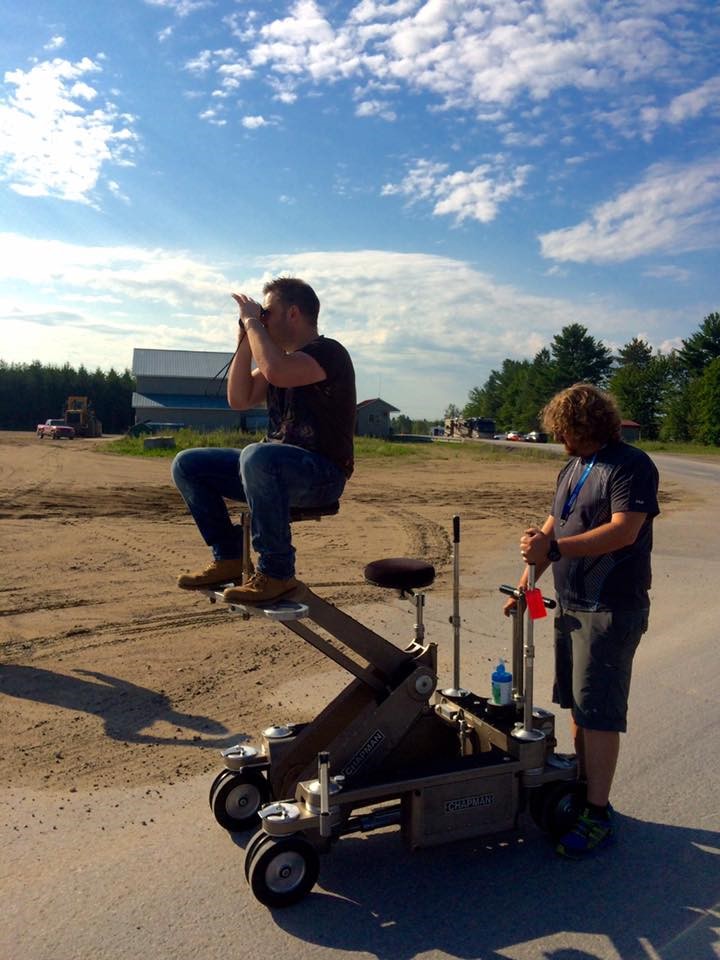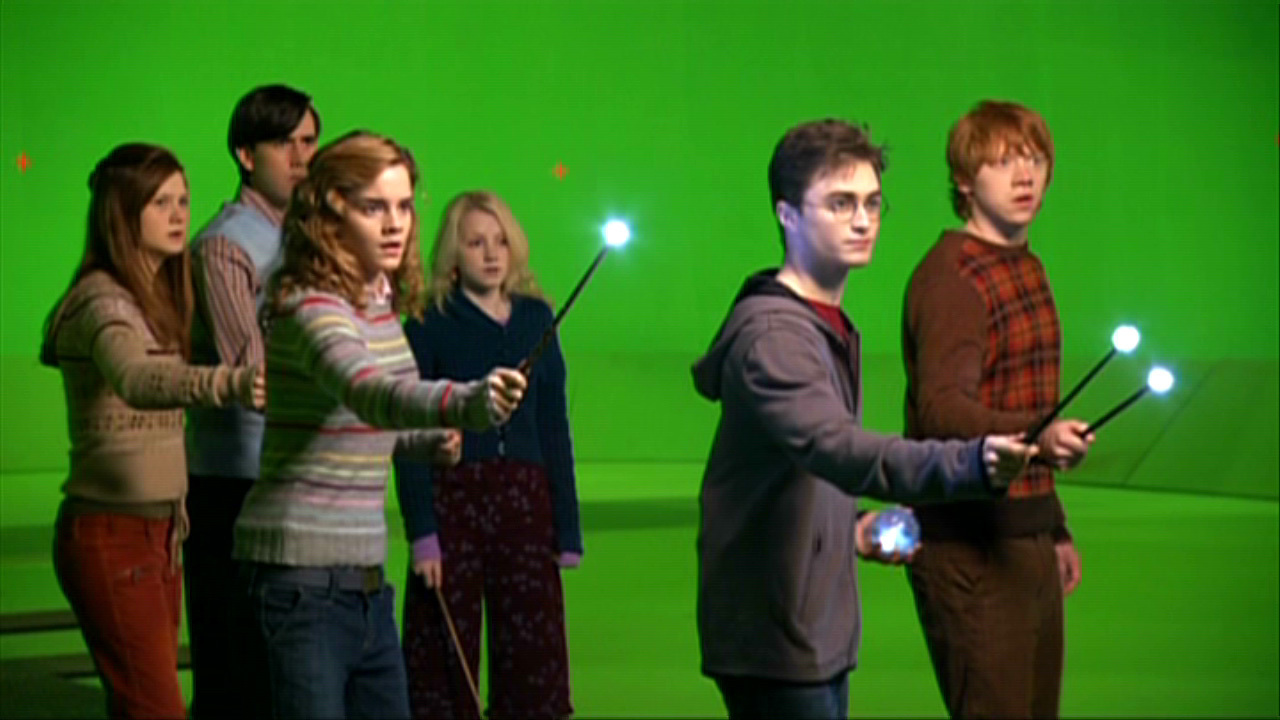Mark Murphy, director of Solar Productions, has worked on numerous high-profile film sets, including writing and directing The Comedian’s Guide to Survival and writing, directing and producing the film For Love Or Money.
Under the leadership of Mark Murphy, Solar Productions has grown to become an award-winning production company. Based in the UK, Solar Productions specialises in producing television, film and corporate videos, creating unique and bespoke videos for clients in a diverse range of fields, from the world of business to cinema and television.
This article will look at the current writers’ and actors’ strikes in the United States, exploring their impact on audiences and the American filmmaking industry as a whole.
As Hollywood strikes continue, several high-profile productions have been affected, with the entire US movie industry effectively brought to a standstill. Months after the Writers Guild of America went on strike, the Screen Actors Guild joined the picket lines, meaning that for the first time in more than six decades Americas actors and writers were on strike at the same time.
The two guilds are seeking assurances that streaming services and studios will offer increased royalties, better pay and higher contributions towards health and pension plans. They are also demanding measures to safeguard the use of AI in the entertainment industry.
The ramifications of these walk-outs are difficult to predict, as it is impossible to say how long the strikes will last. The longest Writers Guild of America Strike lasted 153 days, while American actors went on strike for over three months in 1980.
Many television productions and late-night talk shows have already been affected by the writer’s strike, with shows like Yellowjackets, The Last of Us, Daredevil: Born Again, Severance, Stranger Things, Bigmouth, and Abbot Elementary put on long-term hiatus. Meanwhile, The Late Show, Tonight with John Oliver and Late Night with Seth Meyers have also gone dark.
Movie production is also being impacted, with filming grinding to a halt mid-production in many instances. At the same time, A24 and other small indie studios have agreed to the Screen Actors Guild’s terms, continuing to film and use the guild’s actors during the strikes. This means that until the situation is resolved, audiences will be seeing a great deal more material from independently financed filmmakers, with Asian and European films also predicted to feature prominently later in 2023 – presenting the opportunity for under-the-radar gems to reach bigger audiences and garner the attention they deserve.
The strikes may not only affect new television series due to come out in September but also big-budget blockbusters scheduled for release in 2024. Meanwhile, moviegoers are predicted to turn to streaming services in their droves, catching up on television series like The Wire and Breaking Bad or more recent productions like The Last of Us, which was recently nominated for over two dozen Emmy awards.
Some streaming services were prepared for the strikes, having stockpiled new shows and movies to roll out. Just as automakers and other manufacturers may try to build extra inventory in advance of strike deadlines, forward-looking platforms like Netflix made contingency plans. Ted Sarandos, co-CEO of Netflix, revealed in April 2023 that the company had made plans for the worst, looking a long way ahead and building a ‘robust slate of releases’.
Nevertheless, some industry insiders suggest that the Netflix pipeline is already dwindling. Data from Californian film permits suggests that production of most movies and shows has been halted by the writers’ strike. Even though a script is usually complete before shooting starts, changes and revisions are often required throughout the production process. In addition, with actors also going on strike, production in many cases has ground to a halt. The only exception to this is independent moves that are not connected with one of the major studios.
The actors’ strike is having a catastrophic impact on America’s filmmaking industry, as performers who are part of the Screen Actors Guild demand a wage increase to reflect inflation, as well as the protection of their likeness and images to prevent AI replacement. In addition, they are also calling for a residual model for work on streaming series, as well as consultations with qualified makeup and hair professionals.
Actors are lobbying for contribution caps on pension and healthcare plans to be raised. They also seek permission to work during hiatuses to ensure they are not hampered by uncertain timelines, as well as relocation costs to recompense performers working away from home.
Although changes may not have been immediately apparent, as time roles on, industry experts warn that content will become sparser and sparser as production projects remain on hold. The onus will fall on networks to come up with creative ways of filling their schedules with engaging, exciting content. While some insiders predict that the actors’ strike could end towards the end of 2023, others anticipate that it could continue into 2024.







